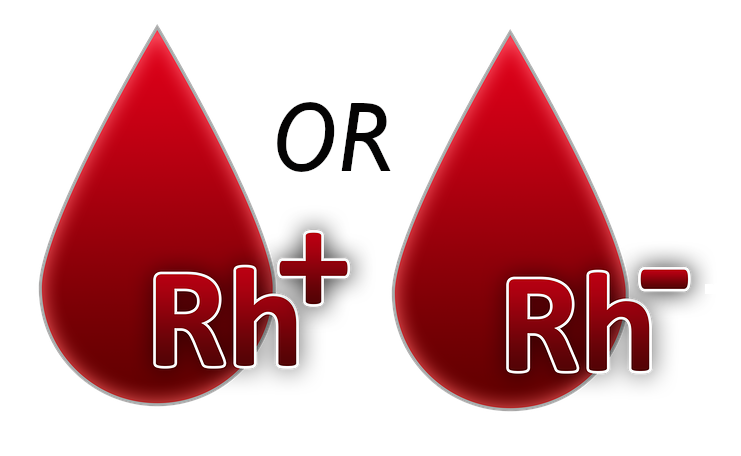Many of us learn our blood type either through a blood test or by donating blood, and know that the blood type should remain the same throughout our lifetime. You’re O positive, or A negative, and that is something that doesn’t change.
One of the things we do when we test a person’s blood before transfusion is to look at their historical blood type, any antibodies, and any recent transfusions. This gives us an idea of what types of results we can expect, in addition to being vital information needed to provide compatible blood.
We occasionally see cases where the blood type does not match the patient’s history. There are a number of reasons why this might happen:
- Human error. Tubes can be mislabeled, or the wrong sample tested. This is becoming less likely as electronic identification methods of both patient and sample are used.
- Transfusions. When multiple units are transfused, the true type can be difficult to obtain.
- Changes in testing methods. Different reagents can give different reactions.
- Misidentification of the patient, either through fraud (the patient provides false information), or mistaken identity.
- Bone marrow transplants.
Things That Make You Go Hmm?
We recently had a case where the patient, a 65-year-old woman, had previously typed as A positive, but the current sample was A negative. Our investigation of the discrepancy examined any possible source of error.
We first examined the specimen and requisition to verify there were no clerical errors. The tube was properly labeled and had been collected using an electronic scanner.
The test was repeated by a second technologist, using the same method (Ortho gel). The Rh was then repeated using tube testing and included weak D testing. The same result was obtained each time.
We then contacted the floor to obtain a second specimen to rule out a mislabeled specimen. The new specimen also typed as A negative, including weak D testing.
Let’s Examine the Past
We had history of the patient at our hospital from 2004 and 2013, and she had received two (2) units of A positive red cells in 2013. We asked for any transfusion history or other hospitalizations recently, but there were none. We considered the possibility of an Rh variant, and potentially sending the specimen for genotyping. However, providing A negative red cells was considered the most expedient resolution if transfusion was needed.
At that time, we accessed electronic records to look for any history at other facilities. We discovered that another local hospital had also experienced the change in Rh from positive to negative. In 2005, they had typed the patient as A positive, but in 2019, they had typed her as A negative. Their investigation had not determined the cause. She had not been transfused at the other facility. However, information from that facility did contain a clue: her diagnosis was chronic myeloid leukemia, which was not discovered in any of our hospital patient records.
How Does This Previous Diagnosis Help?
There have been a number of cases where changes in antigen expression have occurred in relation to a hematological disease process or solid tumors. Blood groups affected include ABO, Rh, MNS, Lewis, and others. Molecular testing is often necessary to determine the underlying mechanism, such as:
- Mutation in a stem cell that affects antigen production.
- Inactivation of A/B transferases, which leads to weakened expression of A and/or B antigens.
- Chromosomal abnormalities, gene mutation, or deletion.
- Tumors can secrete soluble A and/or B substance, which can neutralize reagents.
Case reports indicate that these patients have developed antibodies to the antigens they no longer express. In cases of ABO discrepancy, type O blood should be provided. For Rh discrepancies, Rh-negative blood can be provided if inventory allows. If the patient is male or beyond childbearing age, Rh-positive blood could be considered.
In Conclusion
Interestingly, once the hematological disease process is resolved, the patient’s original antigen expression can return. If the disease recurs, one of the first signs may be the loss of antigen expression. Even though changes in antigen expression are rare, being aware of their existence and how to provide compatible blood is an important tool.
Tell us about any blood bank discrepancies you have encountered, what you learned, and how you handled the issue. We would LOVE to hear from you!

